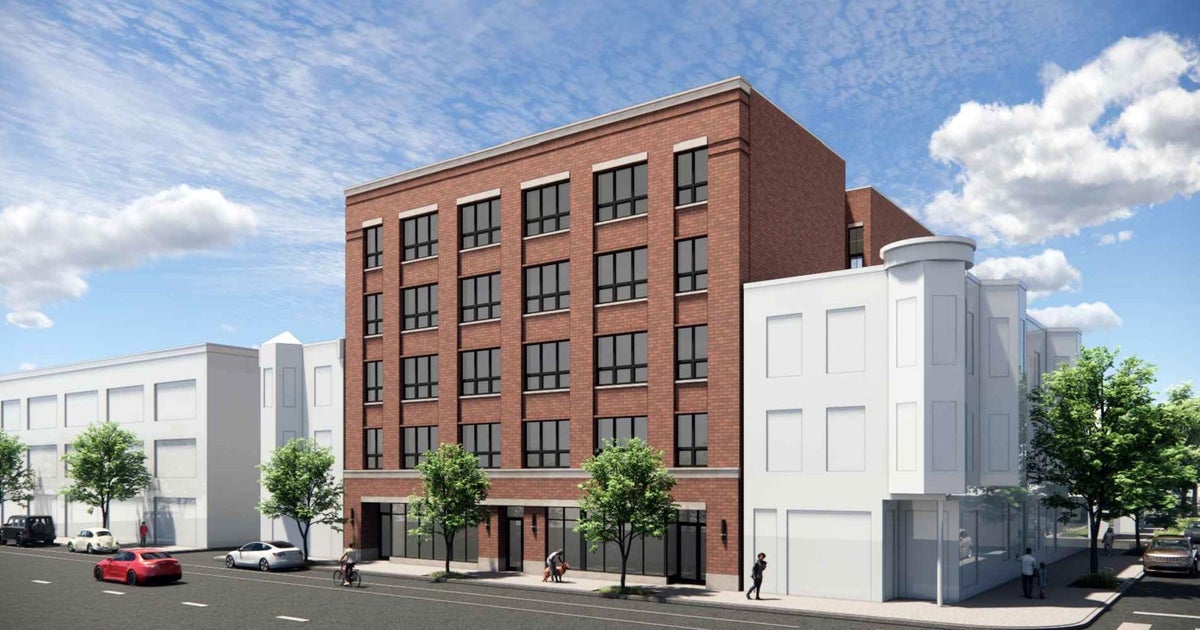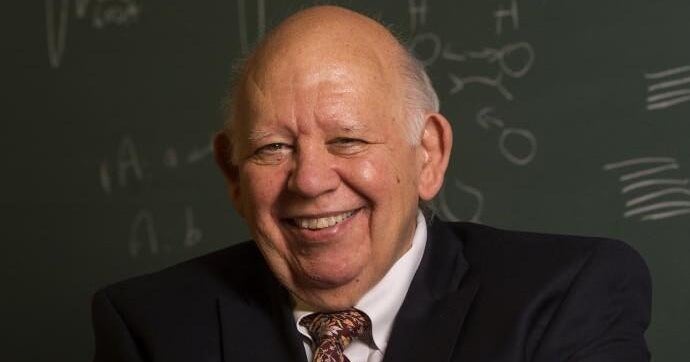Colorado School of Mines professor's research helping lead the way for mass timber building revolution in U.S.
Colorado School of Mines professor Shiling Pei has had a busy year.
His research is helping lead the way for a revolution in construction using strong, lightweight, renewable timber.
"We submitted a proposal to the National Science Foundation to ask, 'can we build a resilient, tall wood building in seismic regions made of mass timber?'" Pei explained.
Pei, who received his Ph.D. in civil engineering from Colorado State University, was part of a group that made history in San Diego.
Mass timber has been used in construction projects for roughly 30 years. The products are load-bearing components like columns, beams and panels. These are smaller pieces of wood that have multiple layers fastened with glue, dowels or nails. While it's lighter weight than concrete or steel it's just as strong.
Pei's research tackled one key component: how a mass timber skyscraper would handle an earthquake.
"It's the tallest building ever tested on a shake table in the world," said Pei.
On a shake table, in conjunction with the University of California at San Diego, the 10-story building sustained multiple earthquake tests including simulations equal in strength to the Northridge Earthquake in 1994.
"In total that building has seen 288 earthquakes," he said.
The testing showed that mass timber buildings were much more capable of handling seismic activity without major damage compared to their concrete and steel counterparts. With what's called a "rocking-wall" frame, the building, 112 feet tall, sustained no damage and returned to its normal position after rocking.
This research, according to Pei, is invaluable for establishing that this building type, a carbon-storing renewable resource, can exist on the West Coast of the U.S. and become a preferred building type for skyscrapers.
But what about Denver -- an area without much seismic activity? According to Greg Kingsley, president of KL&A Engineers, the Mile High City has been at the forefront of mass timber building technology.
"We're really lucky in the city and county of Denver, where we're almost ahead of every other city in the country in the height of the building and the amount of wood you can expose," he explained.
He met with CBS News Colorado at the Burwell Center for Career Achievement at the University of Denver, one of many mass timber structures in the area.
"The idea of building a building out of completely renewable materials instead of concrete or steel is attractive to a lot of folks," said Kingsley.
In Denver, the speed of mass timber construction is appealing to those who are trying to get projects off the ground quickly, especially in a city racing to keep up with housing demand and statistically behind in providing an adequate supply.
"These buildings go up really fast," Kingsley mentioned. "They're prefabricated. They come like a kit of parts."
Adding to the appeal, beyond the interior aesthetic, is the type of wood used to create the building materials. Studies show that while mass timber can char in a fire, it's no more likely to burn down than concrete or steel.
"What you're taking is really small trees, fast-growth trees and those are the trees that you need to thin from the forest to keep the fuel load (that contributes to wildfires) low," said Kingsley.
While Pei continues to work on his project, trying to get timber rocking walls made a part of the international building code which is set to update in 2028, Kingsley continues to look at Denver as a centerpiece city for a mass timber building revolution.
"If it can live through that, it can live through whatever Denver can dish out," said Kingsley.







